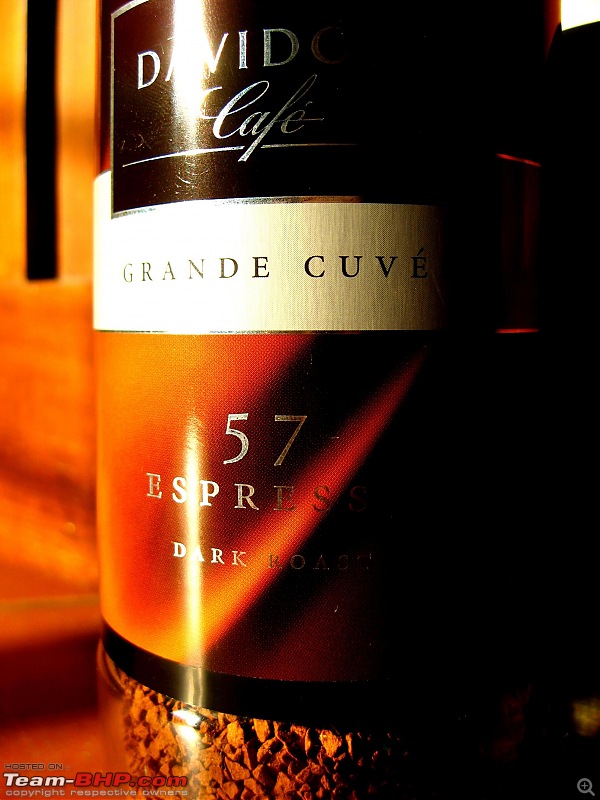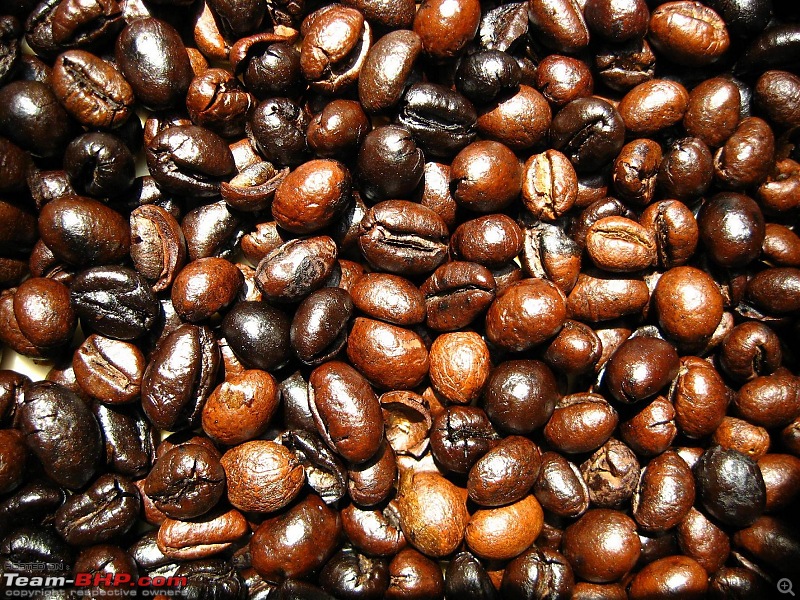The short of it is there are no decent coffee machines available in India. You'll need to get one off the internet and pay duties for the same. I also would advice you to build up your setup over time, as getting a good espresso from home can be an expensive option.
There are 4 parts to getting a good shot of espresso.
1. the coffee beans
2. the grind
3. the machine
4. the human element (you)
THE COFFEE
The best coffee in India currently is Mysore Gold, an Arabica bean grown in the South of India. It's nowhere near the best coffee available in the world, but it isn't too bad. In fact it even has some international following. It's available at Kalmane Coffee in Bangalore (not sure where it's available elsewhere in India). You can buy some decent coffee online, try and get some Ethiopian medium/dark roast for espresso to start with. This is the part of the world that coffee originated in, so might as well start at the beginning (some historians claim it started in Yemen).
There are 4 kinds of roasts. Light, Medium, Medium/Dark (or City roast) and Dark roast. Espresso is mostly made of the Medium and City roasts. The Light roast is more acidic and mostly preferred by serious coffee drinkers who prefer their coffee more acidic and can actually make out differences in where the coffee came from, by drinking a cup! And most likely their preferred method of making coffee with be the 'pour over' method rather than an espresso.
Chicory is an Indian additive to coffee, its a root that has no taste and contributes mostly to aroma, and since India traditionally made coffee out lower quality Robusta beans (the stuff that most freeze dried instant coffee is made of with added flavouring) chicory was needed to fool the taste buds into thinking we were drinking a better concoction than it was. Skip chicory in your coffee.
THE GRIND
The first step to getting good espresso is getting a good grinder to grind your beans. An average espresso machine will give you better output if your grind is right. As soon as you grind your coffee, the essential oils in the coffee start to evaporate and the coffee loses body. All this happens within minutes of grinding your coffee. So if you want great coffee, you'll have to grind your own unfortunately.
There are two kinds of grinders available, the cheap blade grinder (which is like a masala grinder) and a more expensive burr grinder. The blade grinder chops up your beans into irregular sizes and there is no way to control the consistency of the grind (a very important step in getting repeat good cups of coffee). The conical burr grinder has two serrated plates in the shape of a funnel, and grinds the coffee between them. You can control the quality of the grind by controlling the separation between the two blades. And can get the same grind every single time. Good burr grinders are made by companies like Baratza and Gaggia and cost about 10-15K Rs.
I would advice you to get a decent grinder first! Why? Well, mostly because of physics. The water in the espresso machine finds the path of least resistance through the coffee grind. If the grind is inconsistent, the water will not be able to extract the maximum flavour/chemicals from your coffee. So you will never (NEVER!) get the full flavour that your coffee is capable of.
The closest analogy I can think of, would be buying a cheap lens and using it on an expensive camera.
THE MACHINE
The good news is, there are LOTS of options. The bad news is there are lots of options of bad machines out there. Most entry level espresso machines are rubbish. An easy way to determine whether an espresso machine is any good, is to check the kind of portafilter they use. (Portafilter is the steel/brass cup that holds the coffee grind in the espresso machine). Most (if not all) entry level espresso machines have pressurized portafilters, which means that the portafilter does not reply on the "human element" (the next step) to achieve the right pressure on the grind for the extraction. You'll understand this better when I explain the human element in making espresso.
The 'good' espresso machines start from the next range of machines, which are called commercial machines. These machines usually have two boilers, one for espresso and another for the frother (a separate nozzle that foams your milk to make cappucinos etc).
There is too much to talk about when it comes to buying espresso machines, some good brands are Gaggia, LaPavoni, Vibiemme, etc. The starting price for a crossover home/commercial machine starts at about 600$ and can go up to well... anything really. A good place to be in, is in the 1200$ range that can get you come really nice machines like the Vibiemme Domobar Junior or a Rocket.
If you're just getting into coffee, I would advice that you NOT get an espresso machine to begin with. Buy a moka pot instead. A moka pot is a stove top espresso machine that doesn't really make espressos, but puts out a great strong cup of coffee. Bialetti made the first moka pots and they are available for 20-30$ online.
THE HUMAN ELEMENT
This is you. The guy pulling the shot, and probably the most important factor in getting a good cup of coffee. You do two important things, you decide on the level of the grind and then you apply 40 pounds of pressure to the coffee grind in the portafilter. Actually you end up doing a lot more than that, because you make a series of decisions till the shot falls in the cup. Which beans to buy, what level to roast the beans to, what is the exact grind that works for your machine, which machine, etc etc.
This is how Italians have traditionally looked at espresso, after all it was their invention. I hope this is of remote interest to someone, or I've just spent the last half an hour typing a really boring post!

 (1)
Thanks
(1)
Thanks
 (2)
Thanks
(2)
Thanks











 No cheating with me!!
No cheating with me!!